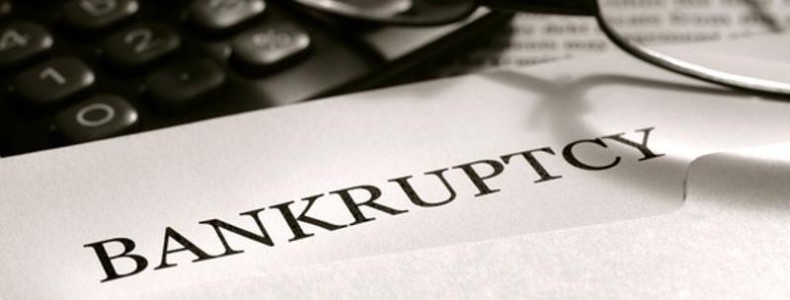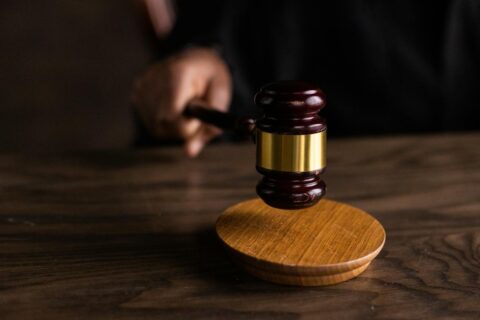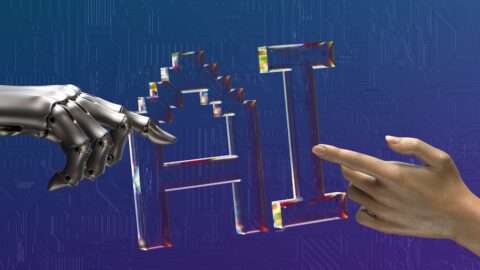I&B Code: Supreme Court Relaxes Time Period for Rectifying Defects in the Application

In its latest judgment[1], the Supreme Court of India examined whether the time limit of 7 days prescribed under Insolvency and Bankruptcy Code (the “Code”) for rectifying or removing defects in the application filed by an operational creditor for initiating corporate insolvency resolution against a corporate debtor is mandatory or not. The Honorable Justices AK Sikri and Ashok Bhushan were considering an appeal filed against an order passed by the National Company Law Appellate Tribunal (“NCLAT”).
Section 9 of the Code deals with initiation of corporate insolvency resolution process by operational creditor. Subsection (5) of Section 9 of the Code stipulates two-time periods to be followed adjudicating authority under the Code i.e. National Company Law Tribunal (“NCLT”), while accepting or rejecting an application filed by the operational creditor. The Sub Section gives 14 days to NCLT to accept or reject an application after the receipt of the application. However, before rejecting an application on the ground of any defects, NCLT has to give a notice to the applicant to rectify the defects and seven days period is given to the applicant to remove the defects.
The questions before the NCLAT was: (i) whether time of 14 days given to NCLT for admitting or rejecting an application is mandatory or directory; and (ii) Whether the period of 7 days given to the applicant for rectifying the defects is mandatory or directory.
The NCLAT held that period of fourteen days prescribed for NCLT to pass such an order is directory in nature, whereas period of seven days given to the applicant for rectifying the defects is mandatory in nature. NCLAT was of the view that the time period of 14 days given to NCLT for accepting or rejecting an application is procedural in nature and cannot be treated to be a mandate of law. NCLAT further held that 14 days time period is to be counted not from the date of filing an application but from the date when such an application is presented before the adjudicating authority, i.e. the date on which it is listed for admission/order. However, NCLAT straightly concluded that the time period of 7 days for rectifying the defect is mandatory and no specific rationale had been given for this conclusion. The appeal to the Supreme Court was filed against this conclusion of NCLAT that 7 days time period is mandatory.
The Supreme Court held that it couldn’t find any valid rationale in the conclusion of NCLAT that seven days time period is mandatory. It further observed that the time period of 180 days given in the Code for completion of the resolution process cannot be a valid ground to justify the conclusion of NCLAT because the period of 180 days commence from the date of admission of application. Period prior to that, such as time consumed for scrutinising the application, rectifying defects in the application or NCLT admitting the application etc. cannot be taken into account. In fact, till the objections are removed, it is not to be treated as application validly filed. Only after the application is complete in every respect, the same is required to be entertained. The Court observed that in a given case there might be weighty, valid and justifiable reasons for not able to remove the defects within seven days. Accordingly, the Court held that provision of removing the defects within seven days is directory and not mandatory in nature.
To avoid misuse, the Honorable Court directed that a balance approach need to be taken while considering any request for extension of time. If the objections are not removed within seven days, the applicant while refilling the application after removing the objections, file an application in writing showing sufficient cause as to why the applicant could not remove the objections within seven days. Once the NCLT is satisfied with the cause it can entertain the application; otherwise, the application needs to be rejected.
[1] Surendra Trading Company Vs. Juggilal Kamlapat Jute Mills Company Limited and others. Civil Appeal No. 8400 of 2017
By entering the email address you agree to our Privacy Policy.



